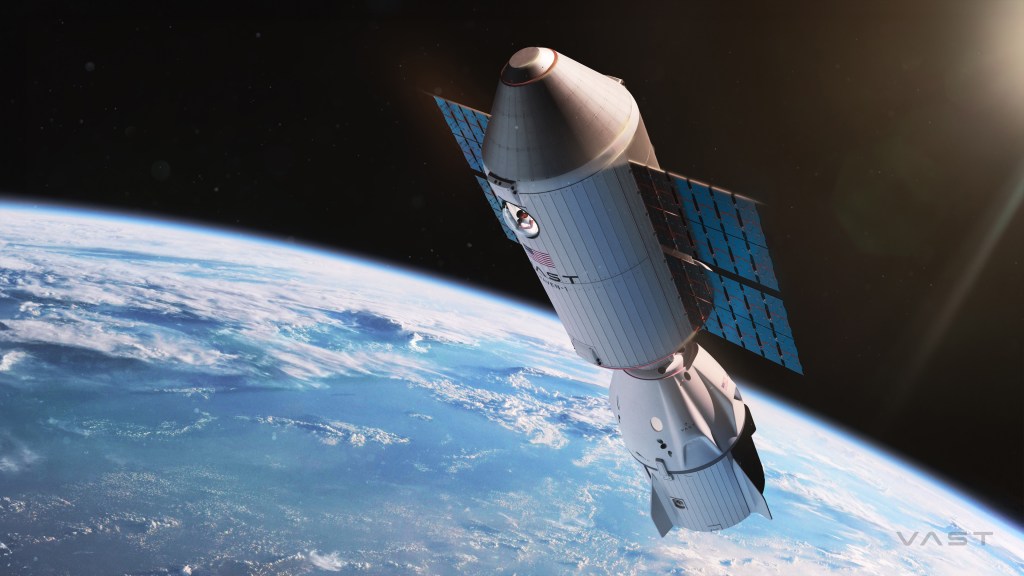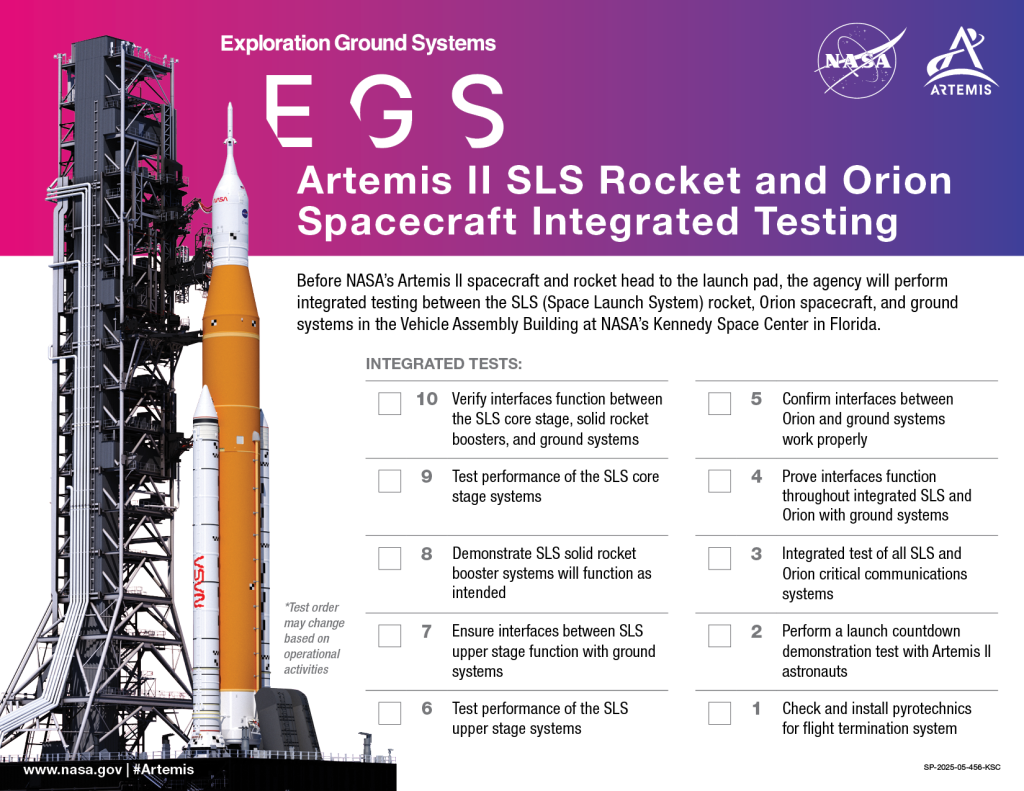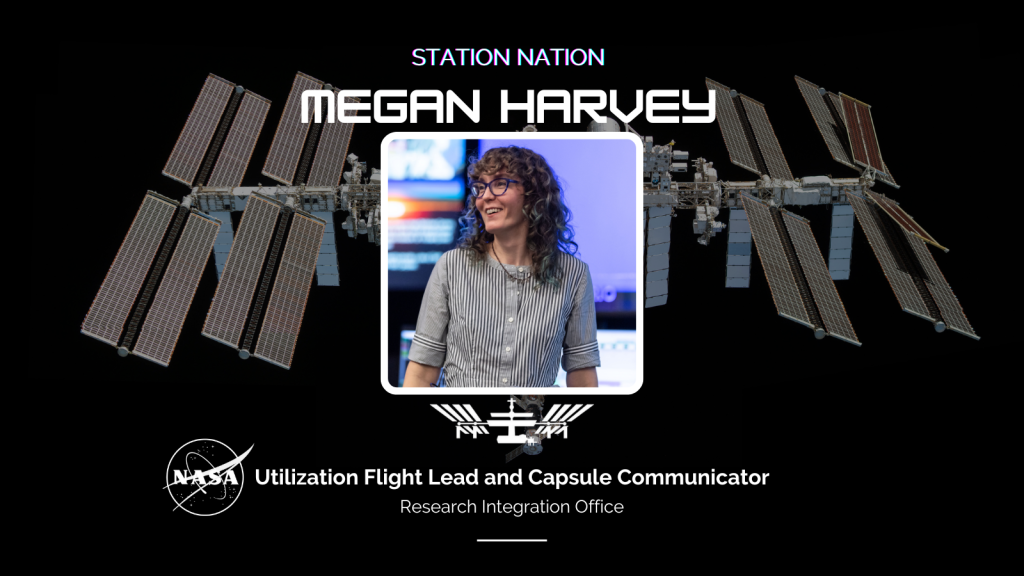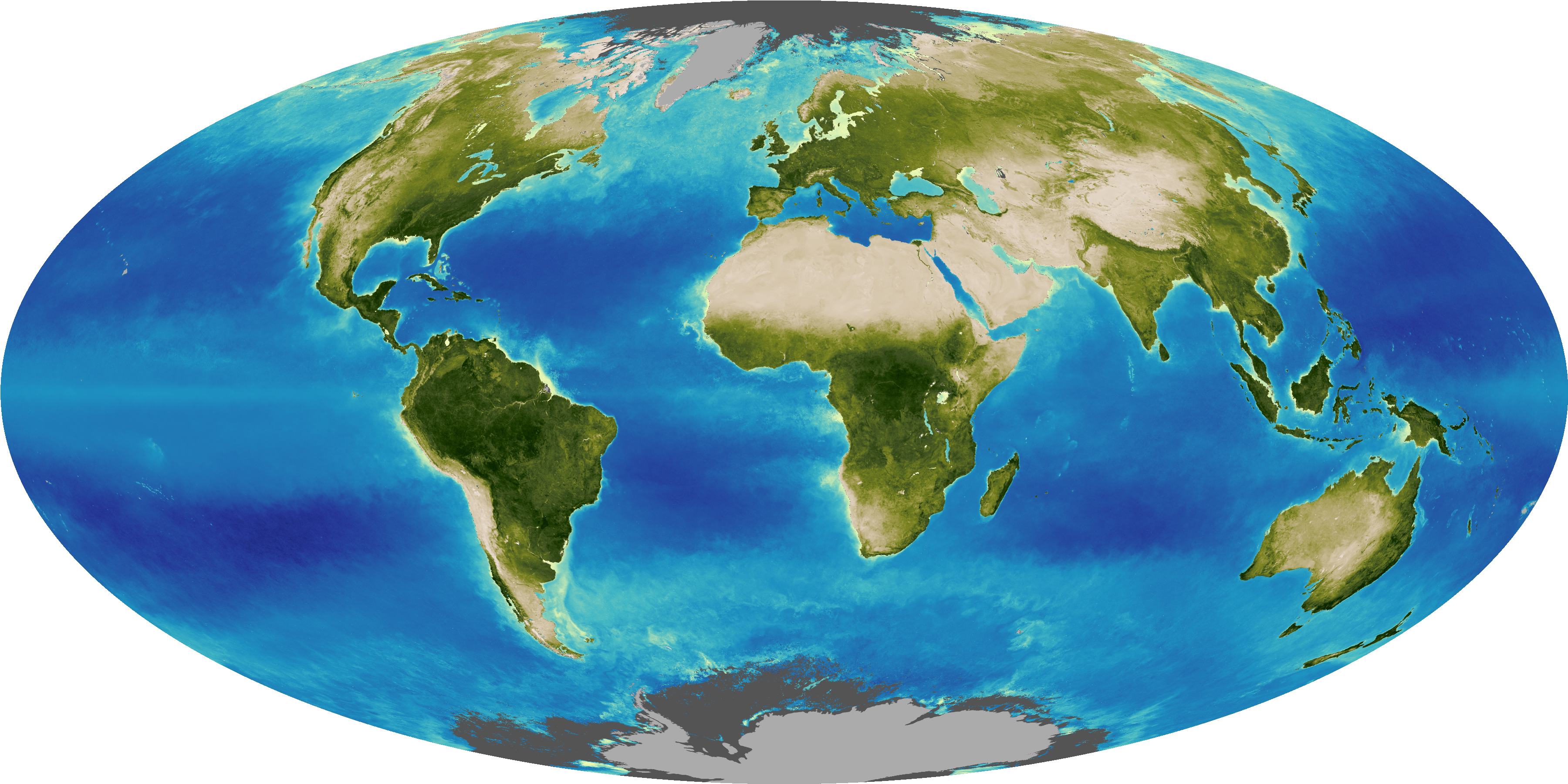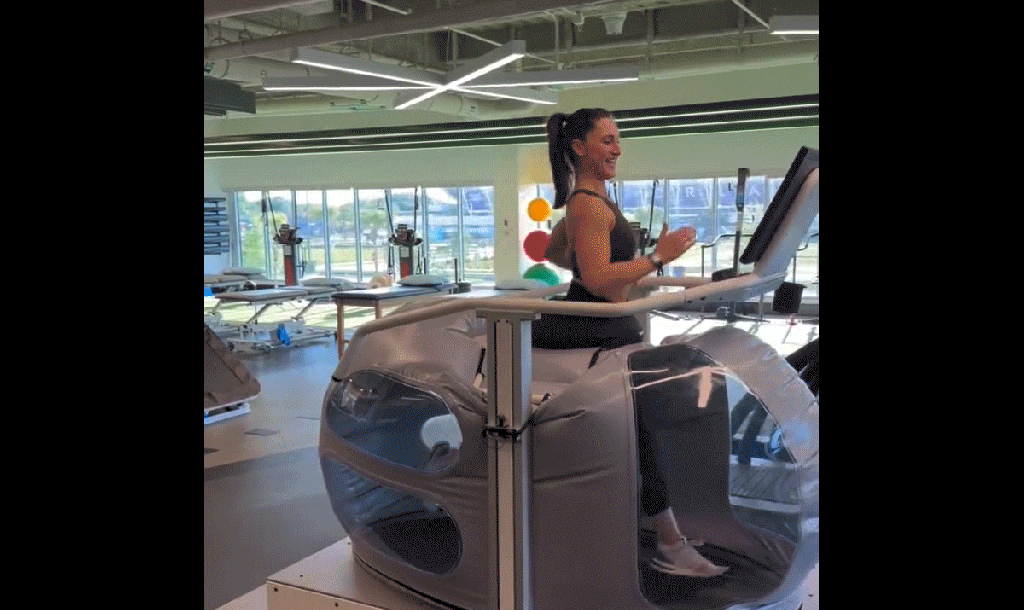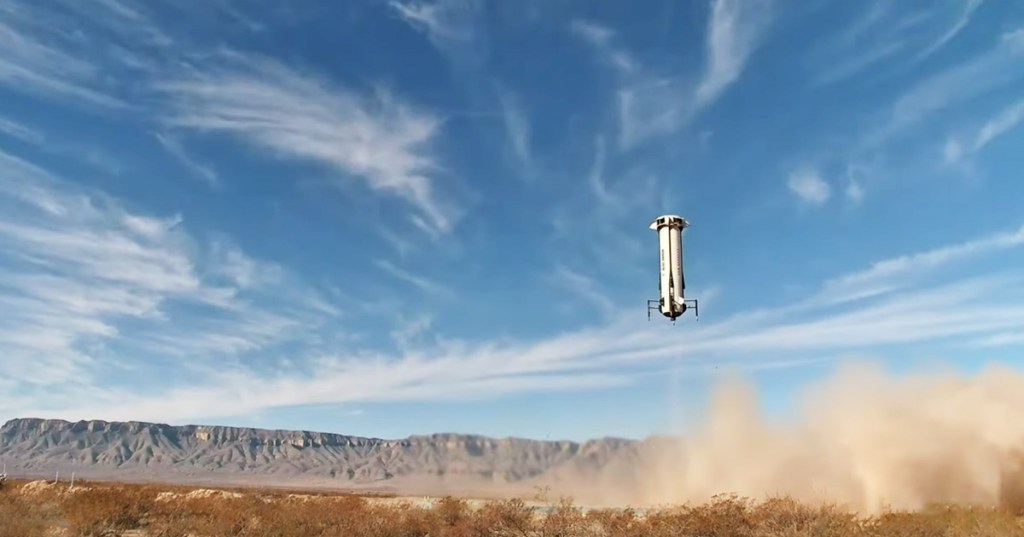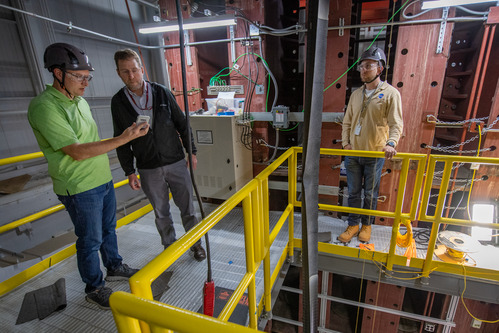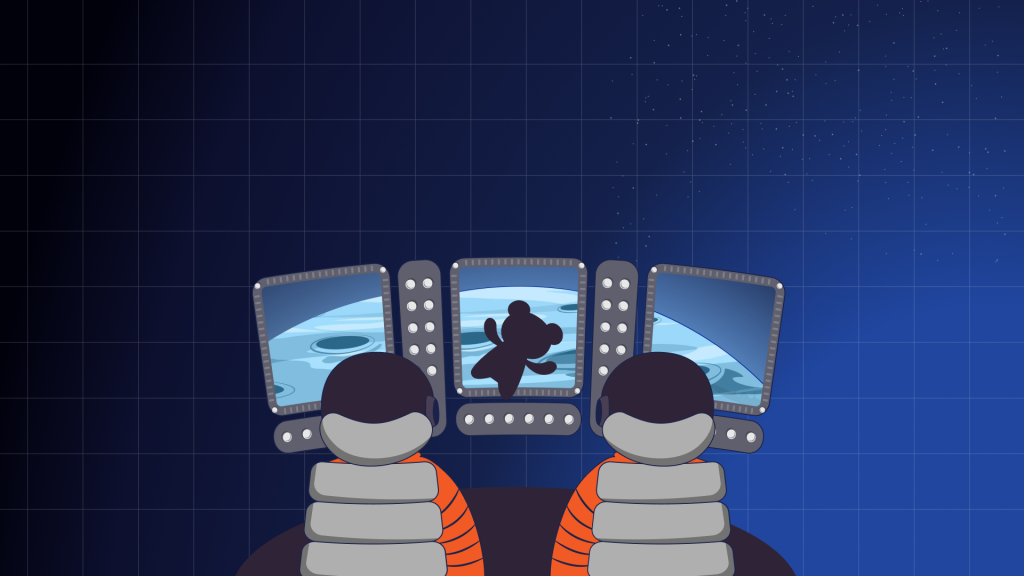Panorama of Curiosity’s Belly Check
| Credit | NASA/JPL-Caltech/Malin Space Science Systems |
|---|---|
| Language |
|
This view of the lower front and underbelly areas of NASA's Mars rover Curiosity combines nine images taken by the rover's Mars Hand Lens Imager (MAHLI) during the 34th Martian day, or sol, of Curiosity's work on Mars (Sept. 9, 2012).
Curiosity's front Hazard-Avoidance cameras appear as a set of four blue eyes at the top center of the portrait. Fine-grain Martian dust can be seen adhering to the wheels, which are about 16 inches (40 centimeters) wide and 20 inches (50 centimeters) in diameter. The bottom of the rover is about 26 inches (66 centimeters) above the ground. On the horizon at the right is a portion of Mount Sharp, with dark dunes at its base.
The camera is in the turret of tools at the end of Curiosity's robotic arm. The Sol 34 imaging by MAHLI was part of a week-long set of activities for characterizing the movement of the arm in Mars conditions. As this was a test to gain new information about operation of the instrument, the MAHLI team noted that two of the nine images acquired for this mosaic were not in focus.
The main purpose of Curiosity's MAHLI camera is to acquire close-up, high-resolution views of rocks and soil at the rover's Gale Crater field site. The camera is capable of focusing on any target at distances of about 0.8 inch (2.1 centimeters) to infinity, providing versatility for other uses, such as views of the rover itself from different angles.



